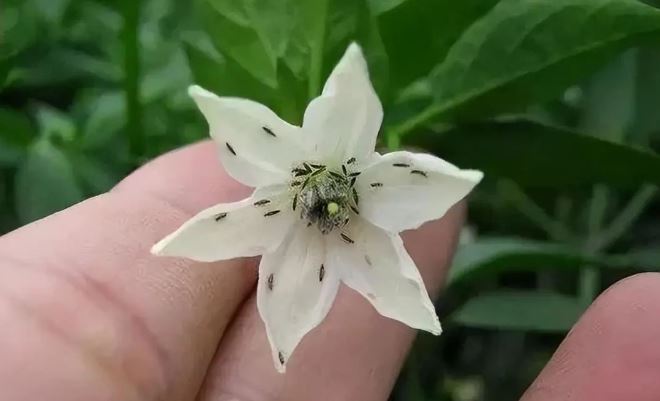Thrips and mites, notorious pests in agricultural production, pose a significant threat to crops. These minuscule pests, adept at hiding, often evade detection until they rapidly multiply, wreaking havoc on crops within days. Among these pests, thrips, particularly, stand out.
Understanding Thrips
Thrips, belonging to the order Thysanoptera, encompass over 7,400 species worldwide, with China alone documenting more than 400 species. Common varieties include western flower thrips, melon thrips, onion thrips, and rice thrips.
Measuring a mere 1-2 millimeters in length, thrips are active year-round. They thrive in outdoor settings during spring, summer, and autumn, while seeking refuge in greenhouse structures during winter. Equipped with rasping-sucking mouthparts, both adult and nymph thrips puncture plant epidermis to feed on sap, causing damage to leaves, growing points, flowers, and young fruits. Moreover, they serve as vectors for transmitting viral diseases.
Effective Pesticides for Thrips and Mites
A plethora of pesticides are available for controlling thrips and mites, boasting over 30 registered active ingredients for combating these pests. These pesticides can be categorized into several classes:
(1) Nicotine-based Pesticides: Including imidacloprid, acetamiprid, thiacloprid, sulfoxaflor, and flupyradifurone.
(2) Biological Insecticides: Such as abamectin, azadirachtin, spinosad, Beauveria bassiana, Paecilomyces fumosoroseus, and ethiprole.
(3) Organophosphates: Such as phosmet and malathion.
(4) Carbamates: Including carbaryl and methomyl.
Commonly Used Pesticides for Thrips and Mites
- Abamectin
- Thiacloprid
- Spiromesifen
- Flupyradifurone
- Spinosad
- Acetamiprid
- Ethiprole
Transitioning between these various classes of pesticides can enhance pest management strategies, minimizing the development of resistance and maximizing efficacy.
In conclusion, combating thrips and mites demands a multifaceted approach, integrating diverse pesticides tailored to specific infestations. With careful selection and implementation, farmers can mitigate the detrimental impact of these pests, safeguarding crop yields and agricultural sustainability.
Post time: Mar-22-2024



